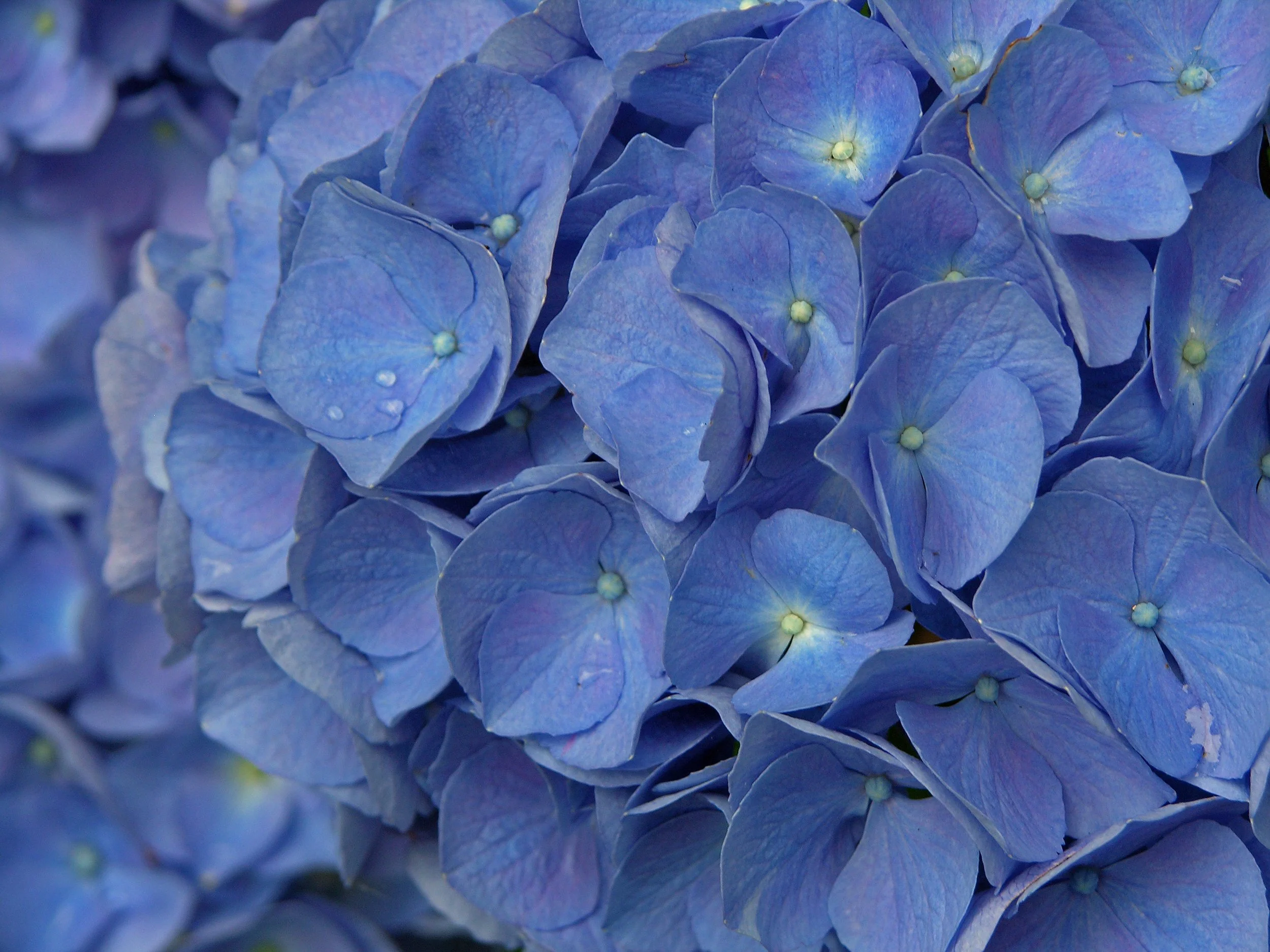Growing Hydrangeas: A Hobby that Blooms Year after Year
I grew up on Cape Cod with blue hydrangeas iconically dominating the landscape — where the classic “endless summer” variety is planted in front of white picket fences. If you’ve ever spent a summer on the Cape, or taken a trip to Martha’s Vineyard or Nantucket, you’ve probably noticed them everywhere. From the big, full pom-pom blooms to the delicate, lace-edged flowers that look a bit like Queen Anne’s Lace, hydrangeas seem to be everywhere there.
While that classic Cape Cod blue is what most people picture first, hydrangeas actually come in a wide range of colors—from pinks and purples to creamy whites.
No matter the variety, this iconic shrub has a way of stealing the show. Their flowers bloom all summer long, adding a touch of charm that can instantly dress up any home or garden.
Whether you’re new to gardening or a seasoned green thumb, hydrangeas can be a rewarding shrub to plant with a little bit of care. Here’s how to grow them successfully, keep them thriving, and enjoy their blooms for years to come.
Choosing the Right Spot
Most varieties thrive in a spot with morning sun and afternoon shade. Too much direct sun can scorch the leaves, while too little can mean fewer flowers. Watering lightly means that the water will not reach the root system, so it’s important to water your hydrangeas once or twice a week with a long drink of water. You have to saturate the soil without making it overly soggy.
The Secret’s in the Soil
Hydrangeas prefer rich, well-draining soil with plenty of organic matter. Mixing compost into the planting area not only improves drainage but also gives your shrub a steady source of nutrients. Hydrangeas actually change bloom color depending on your soil. Acidic soil (low pH) gives you blue flowers, alkaline soil (high pH) makes them pink. How can you tell which soil you have? If you don’t have access to a soil testing lab, you can buy a kit at a place like Home Depot. You might also want to try using common kitchen ingredients for an initial assessment.
Testing for alkalinity:
Put about a half cup of soil in a container, and stir in a half cup of distilled water. Add a half cup of white vinegar and if the soil fizzes, it is alkaline (pH is greater than 7).
Testing for acidic soil:
Put about a half cup of soil in a container, and stir in a half cup of distilled water. Add a half cup of baking soda, and if the soil fizzes, it is acidic (pH is less than 7).
Planting Made Easy
When planting a hydrangea, you’ll want to dig a hole about twice as wide as the root ball but not deeper. They don’t like to be buried too far down. You’ll want to keep the rootball at the same depth as the pot that it came in. Once it’s in the ground, backfill with your soil, water it well, and then mulch around the base. Hydrangeas can be planted in the early spring or in the late summer to early fall. You’ll just want to be sure that they are fully established before the frost.
Pruning Without the Panic
Pruning can feel intimidating at first, but once you know your hydrangea type, it’s fairly easy. There are basically two types - those that bloom on old wood (last year’s stems) and those that bloom on new wood (this year’s stems). Proven Winners lists the most common New England varieties and whether they bloom on old wood or new wood.
For those that bloom on old wood (last year’s stems), it is recommended that you prune these in the summer right after they finish flowering and new shoots have developed from the base of the plant.
For those that bloom on new wood (this year’s growth), these can be pruned back in late winter or early spring before new growth starts.
For a detailed look at when and how to prune, you’ll want to check this out.
For me, hydrangeas are more than just flowering shrubs—they’re a reminder of home. Whenever I see them now, I’m instantly transported back.
If you’re looking for a gardening project that’s rewarding without being overwhelming, hydrangeas are it. They’ll give you endless summertime blooms and add a touch of charm to your garden. And for those of you who prefer to admire gardens rather than plant them, consider going to the Cape Cod Hydrangea Festival where you can stroll amongst these stunning plants and take in the beauty.



